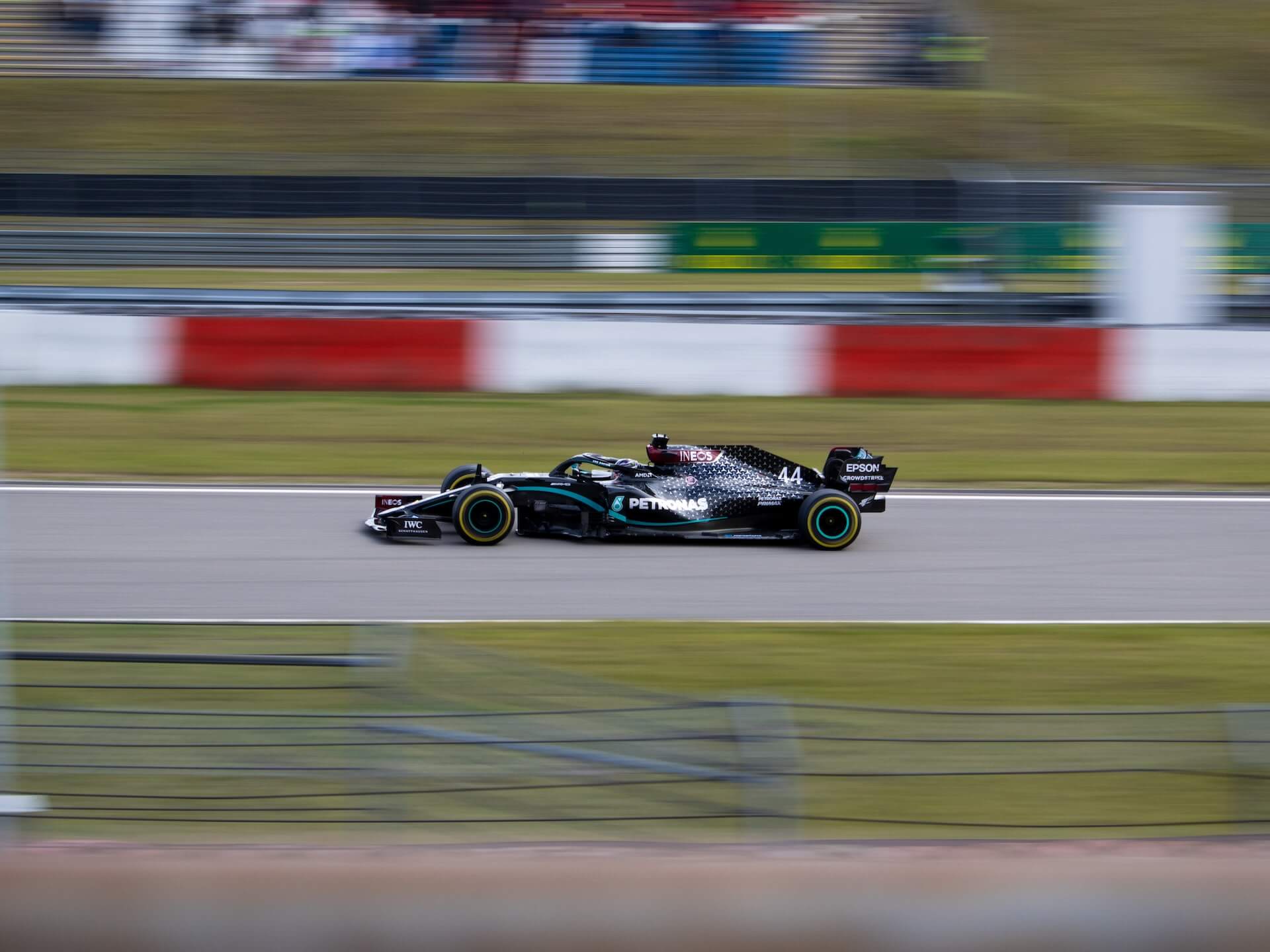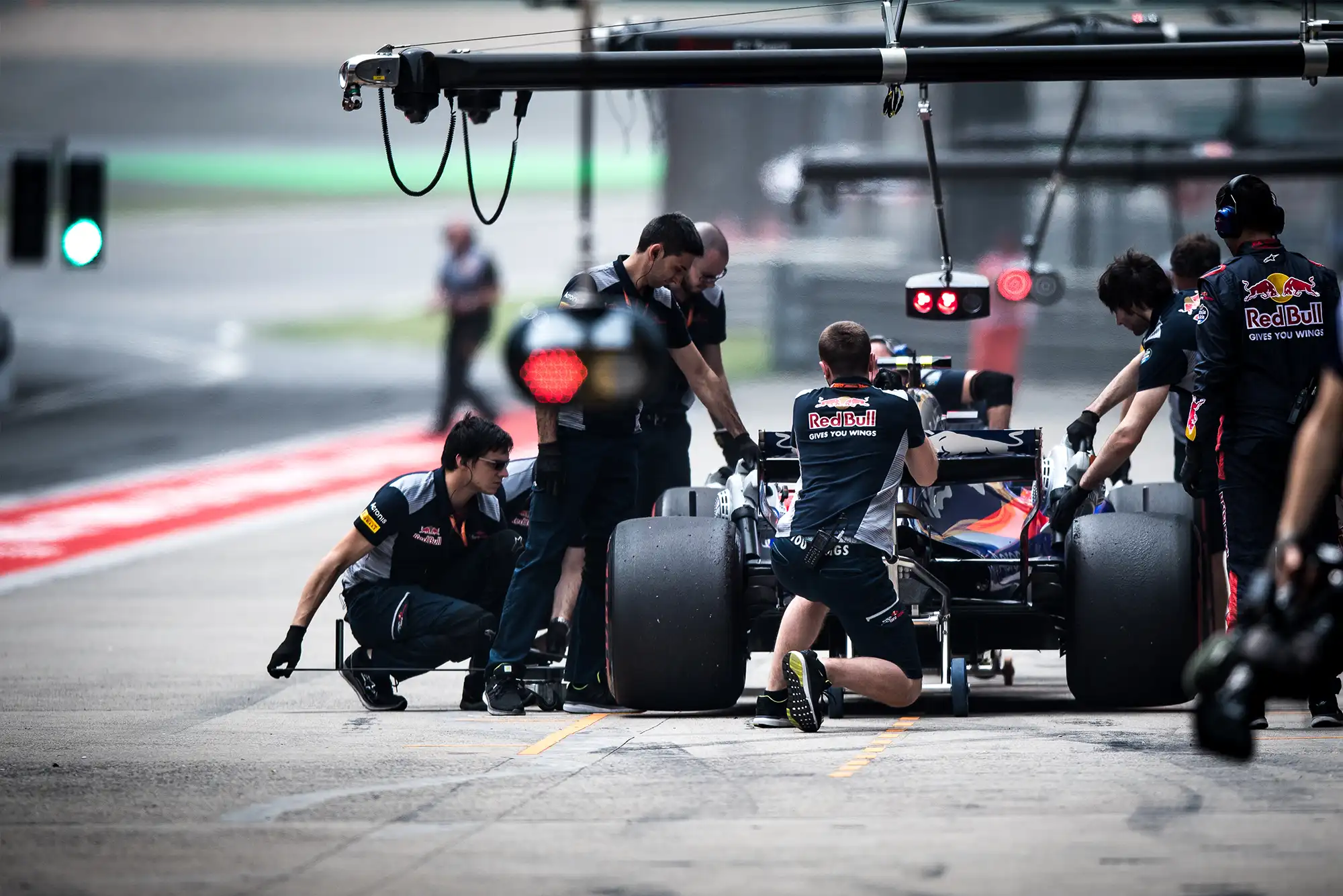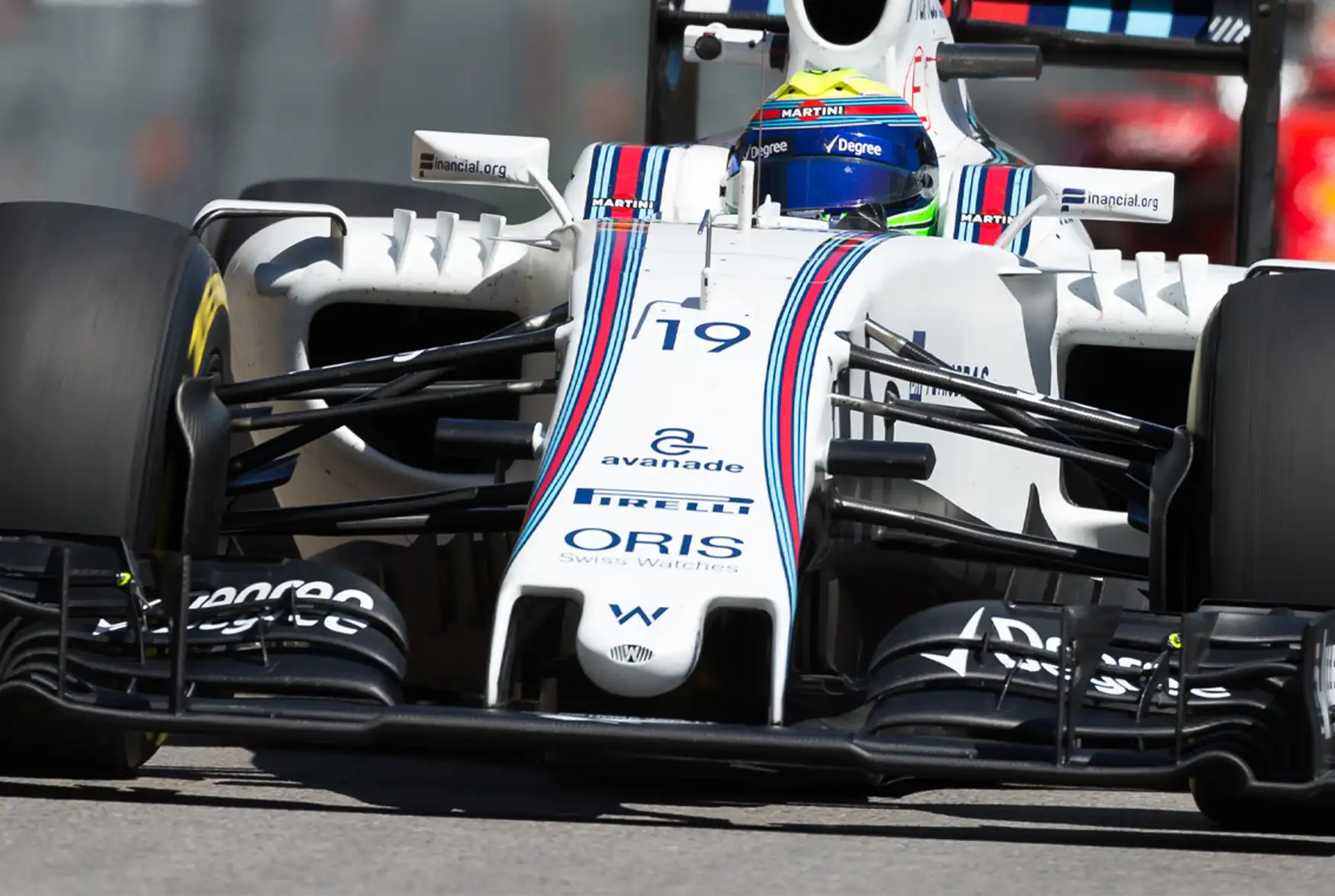Every year, Formula One cars race against each other on the F1 tracks, and each year they make sure to come laced with better, more advanced technology.
The new advancements in the F1 technology are certainly not possible without the CFD. Without it, engineers would have to face a much harder time discovering the answers to complex fluid problems in F1 engineering.
In this article, we will be discussing what CFD is, how it helps in making better F1 models, and why restrictions are imposed on its use by the FIA.
Table of Contents
Watch this video to see more about a T-wing CFD analysis.
What is CFD in F1?
Computational Fluid Dynamics (CFD) is a type of technological field that helps solve complex aerodynamic questions using advanced math, supercomputers, and physics laws. CFD is used in F1 to determine how fluids, especially gasses, will impact the speed and performance of the car on the race tracks.
Key takeaways
Here are some important aspects that you should know about CFD lap in Formula 1:
- CFD stands for Computational Fluid Dynamics.
- It is a technology used to solve complex aerodynamic problems using advanced mathematics, supercomputers, and the application of physics laws.
- CFD proves to be a very useful tool in designing systems and devices for the F1.
- CFD also helps to save the cost and time for engineers in the testing of prototypes for their designs.
- To control the expenditure in designing F1 cars and to ensure fairness in the sport, FIA has imposed some restrictions on the use of CFD.

Understanding CFD
When designing an F1 car, engineers have to be extremely careful about the aerodynamics of the car and its designs. Now, that’s where most of the problem arises. Aerodynamics is not as easy to calculate and perceive unless it is tested by a design prototype.
However, this could be a very costly and risky process. Thanks to the rise in computational technology, CFD was finally introduced and applied in many fields where aerodynamics played a significant role, especially in the F1.
CFD technology produces a 3D representation of the car prototype and applies advanced mathematics and laws of physics to predict how fluids will flow through the car and the effects this will have on it. This technology gives a very granular prediction of the performance of the F1 car on the race tracks.
Why is CFD being used by F1 designers?
CFD, if used correctly, is a very powerful tool that allows the evaluation of aerodynamic problems along complicated F1 bodies over many different conditions. If an engineer designs a system or a device that is very difficult or costly to manufacture or evaluate through experimentation, CFD will allow them to have a virtual insight into that design. Hence, he will be able to witness his design and see how it will perform.
The engineer can also set conditions for which the CFD will give the outcomes. This will allow him to design systems and devices in a much better and faster way, all whilst saving money and ensuring compliance with the rules set by FIA.
With the use of CFD in designing F1 cars, manufacturers and engineers are able to test their products before the wind tunnel session allowing them to re-evaluate their results and submit the best possible prototype. This technology also helps to understand the phenomenon of fluid flow with a very detailed 3D representation that may not be possible through experiments.
Why are restrictions imposed on the use of CFD by the FIA?
CFD has proven itself to be a very useful tool in the designing of F1 cars. However, some restrictions are imposed on its use by the FIA. Which is why the question arises if it’s so useful then why the restrictions?
There are numerous teams participating in the F1 and not all of those teams have the resources required for CFD. For example, F1 teams backed up by Ferrari and Mercedes have more finances to invest in the hardware and software required for CFD simulations. In contrast, smaller, independent teams may not have enough financial resources to invest in CFD simulations as those bigger teams.
For quite some time, F1 was known for its lavishness, and the fluctuation in the global economy forced some teams, even those that were backed up by large automakers, to back out. This is why FIA enforced some rules on the use of CFD so that the sport could remain economical and fair for every F1 individual.
Despite the rules imposed by the FIA, there is still some disparity between the larger and the smaller teams. The restrictions only apply to the CFD hardware, which is to restrict the use of FLOPS.
However, there are no restrictions on the software used for the CFD. Plus, wealthier F1 teams can invest more in the software and hardware used for CFD due to the loopholes present in the set of restrictions.
CFD, if used correctly, is a very powerful tool that allows the evaluation of aerodynamic problems along complicated F1 bodies over many different conditions.
Frequently asked questions about CFD
What is CFD short for in F1?
What is the purpose of CFD in Formula 1?
What are the limitations of CFD in F1?
When was CFD first used in F1?
Conclusion
CFD is a very important tool for understanding aerodynamics and the effects the designs of the car will have on the performance of the F1. It helps to re-evaluate systems which in turn helps to cut down costs and save time.
Plus, CFD also gives a very detailed analysis of the effects of the design prototype and how it will work which may not be possible to know experimentally.
However, CFD is not a magic box and it does not have answers to all the problems thrown into it. This is why engineers keep coming up with new designs and systems to make their F1 cars more efficient, safe, and as fast as possible.
Learn more about Formula One
Want to learn more about F1? Then visit our Formula 1 glossary and dictionary.
Article sources
- https://www.simscale.com/docs/simwiki/cfd-computational-fluid-dynamics/what-is-cfd-computational-fluid-dynamics/
- https://rescale.com/blog/why-formula1-cfd-simulations-should-go-with-a-unified-cloud-hpc-platform/
- https://www.formula1-dictionary.net/cfd.html
- https://www.funoanalisitecnica.com/2021/09/f1-cfd-navier-stokes.html?refresh_ce=17430.666015625
- https://blogs.sw.siemens.com/simcenter/a-cfd-story-the-brief-history-of-formula-one-aerodynamics/
- https://fetchcfd.com/view-project/1603-
- https://cockrell.utexas.edu/news/archive/7432-formula1cfd#:~:text=The%20linchpin%20of%20F1's%20technology,car's%20performance%20on%20race%20day.




